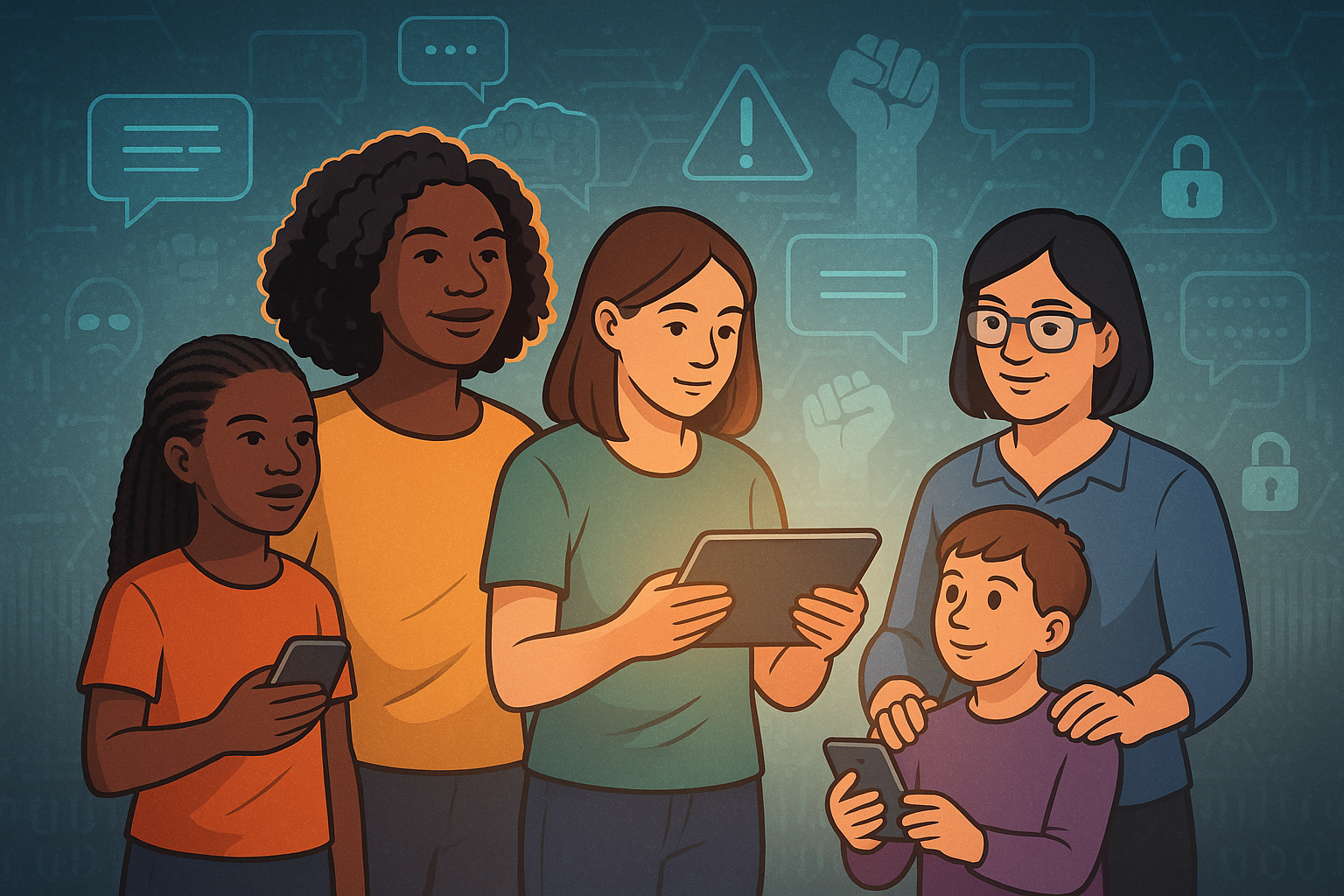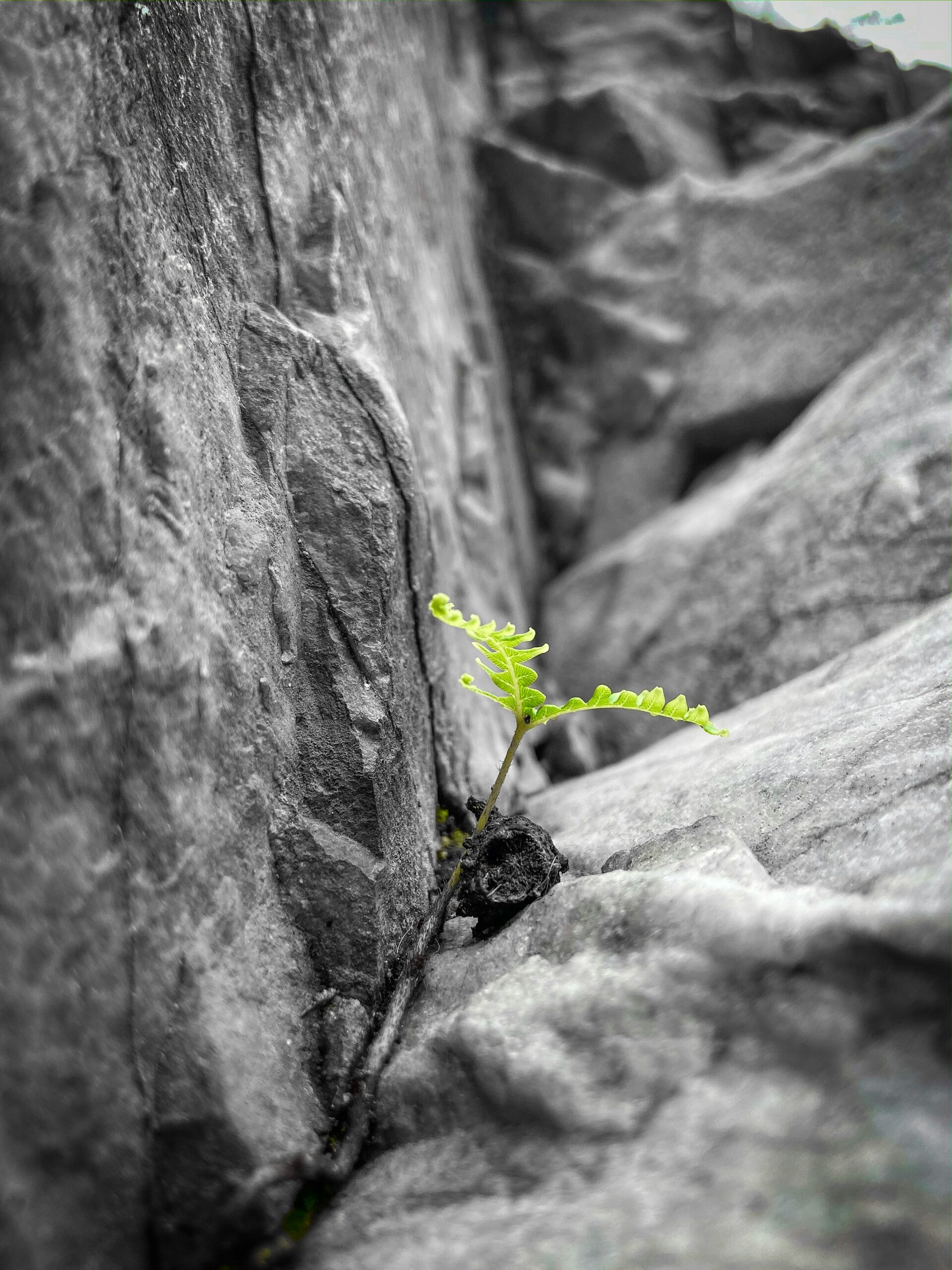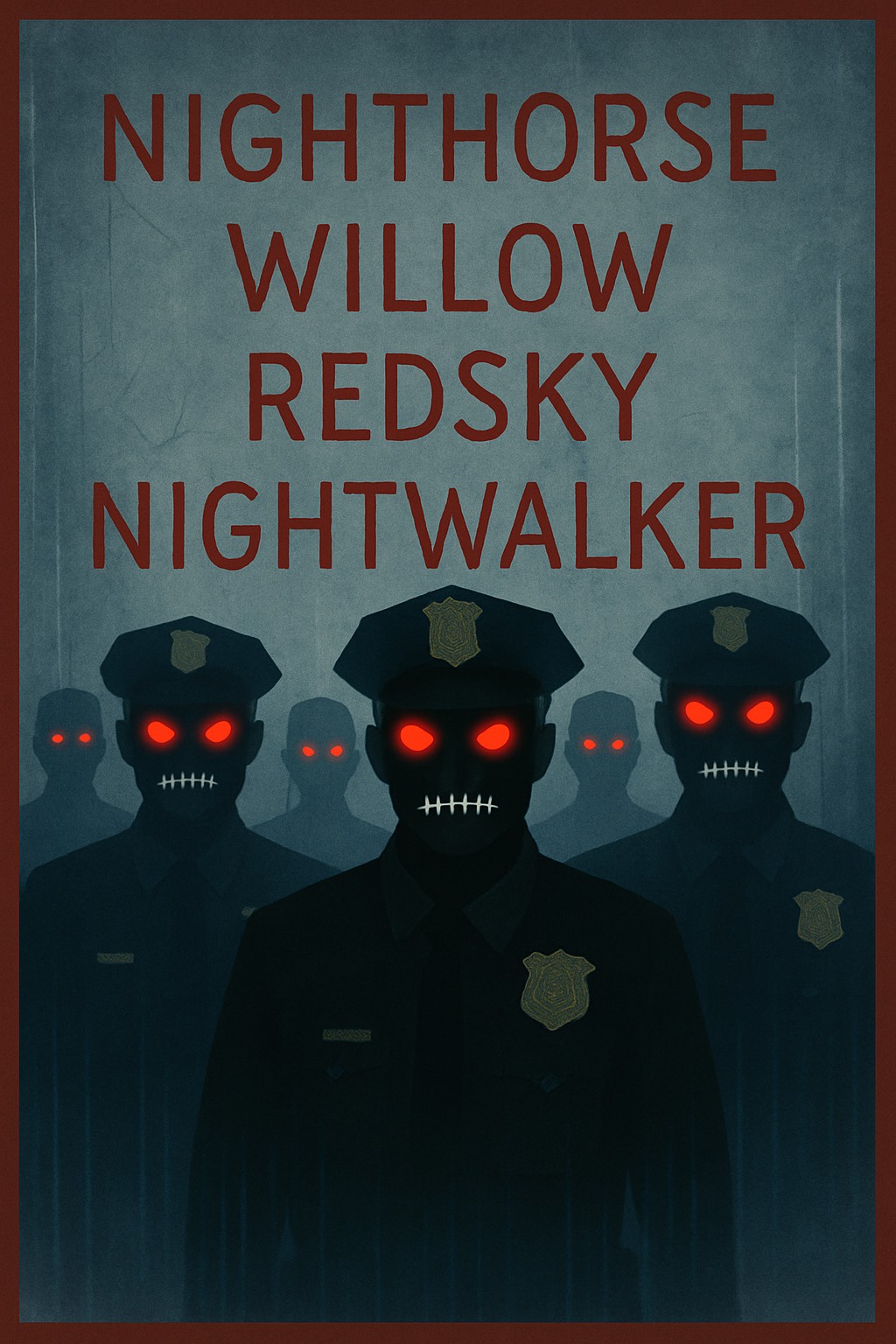Resources
Ontario’s Plan to Give Credit Where Credit Is Due
Making the decision to return to college or university has never been an easy one. It often involves taking a risk by giving up a life-style that at the very least is familiar. In the past, it also meant having to plow through a daunting amount of information to discover whether or not you were even eligible for acceptance into a program.
Historically, every college and university in Ontario had its own checklist of entry requirements. Since they were rarely interchangeable, it was a system that bred frustration. If, for instance, you happened to have already earned a number of postsecondary credits at one college or university, but wanted to finish your diploma or degree at another, you needed weeks just to decipher the details. Even the most ardent applicant could get lost in the “paperwork” (which can be equally onerous online) while navigating the rules and regulations of “prior learning credit transfer.”
Transferring credits: efficiency and accessibility sought
Students, of course, have long known that duplicating course material was a waste of time and money. Now that governments and postsecondary institutions are coming to terms with the reality of reduced budgets, and students are looking for that perfect combination of knowledge and training that will get them a job, policy makers and administrators are scrambling to make the process of transferring credits efficient and accessible. In theory anyway, it’s a win-win situation for both students and education.
For the past five years, the government of Ontario has invested in researching and implementing a new, flexible, credit transfer policy that would allow postsecondary students to move easily from one institution to another. Although Ontario’s Ministry of Training, Colleges and Universities envisions a future where standardized policies will make credit transfer between all Ontario postsecondary institutions consistent, their initial focus is on enabling student mobility between college and university. Relatively recent partnerships between colleges and universities have made that avenue all the more accessible.
At Student Pathways in Higher Education, a conference held in Toronto on January 26 and 27, an invited group of Ontario researchers, registrars and administrators reported on models and policies that target the perceived movement from diploma to degree. Their new student portal, www.ontransfer.ca outlines steps for students to follow in order to ensure that they will receive credit for what they have already studied. It also provides a number of useful links for those who are considering a change.
Technology has changed much about how we learn
Keynote speaker and President of the University of Guelph, Dr. Alastair Summerlee, began his address by making the (power) point that technology hasn’t just changed the way we process information, it has changed the way we learn. He stressed that it’s not just how we learn but who and what we teach that has changed. Physical classrooms, ad hoc discussions between professors and students, grades based on an examination of book learning and an hierarchical accumulation of credits may not yet have completely disappeared from postsecondary settings but they are certainly in the throes of being dramatically overhauled.
How could it be otherwise? Today’s postsecondary institutions are no longer the bastions of direct entry students (those who have progressed linearly from high school to college or university). Instead, enrollment at colleges and universities is comprised of students who come from all walks of life and linguistic backgrounds and who are at different stages in their life histories. Likewise, they want postsecondary education for different reasons – Canadian accreditation, personal interest, or, perhaps, a more meaningful life.
Students will guide educational policy makers
Challenging participants to imagine a reconfigured educational constellation – a degree, say, might require a combination of classroom time, vocational training and online research, or distinctions between certificate, diploma and degree might need reassessing to maintain their validity in today’s marketplace. Summerlee insisted, repeatedly, that college and university administrators need to listen to their students. It is the students themselves who will guide the policy makers. They will let them know what they want to learn and how. His message to college and university stakeholders was a simple one: if you don’t want to permanently close your doors, open them!
When the conference was over, I wondered whether there was any room in our brave, not-so-new world for students who might want to jump off the postsecondary train(ing). Is there still a place for the Humanities in postsecondary education? Haven’t some of our greatest creative and intellectual accomplishments taken root as a result of reading, thinking and discussing? Like Dr. Summerlee, who incidentally grew up on the Isle of Skye amidst deep lochs, high mountains and few people, we need to ask questions. We need to also pay attention to what is in danger of being lost when an intellectual life is measured by the unquestioned assumption that technology + “learning outcomes” = education.
Don Drummond, the masterful economist behind Ontario’s Drummond Report, has said that he chose to pursue the study of economics largely because of a professor during his undergraduate years at the University of Victoria. Professor Leonard Laudadio, who was one of Drummond’s mentors, used to bring in newspaper clippings about current issues for his undergraduate students to discuss. Sounds old-fashioned, doesn’t it?
How many of us, I wonder, have made life or career decisions based on the personal encouragement and intellectual vitality of an in-classroom teacher or professor?





